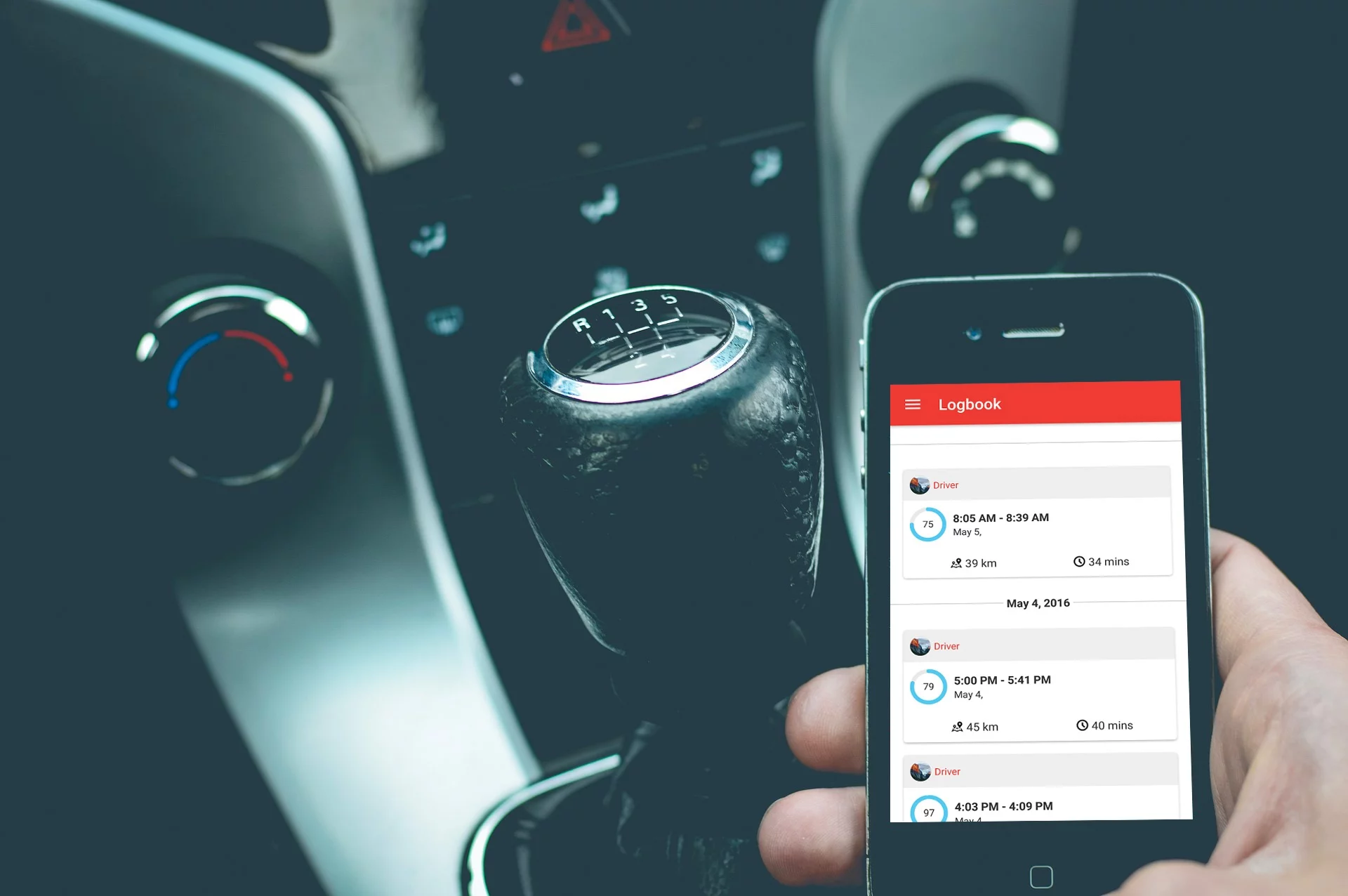
Executive Summary
Insurance telematics and usage-based insurance (UBI) have grown substantially over the last few years, and the technology choices for implementing insurance telematics programs have become more diverse. Techniques for collecting, consolidating, and analyzing the data to assess driver behavior continue to be refined as the technologies for accomplishing this evolve and improve. With so many available technology choices, one question is frequently asked by insurers: What data collection option best suits the programs we want to offer drivers?
This paper compares the relative strengths and trade-offs of five leading data collection technologies used in telematics programs: smartphone, Bluetooth tag, OBD, professional install, and OEM embedded devices. A knowledgeable telematics service provider (TSP) can explain the various options and help you select the technology to meet insurance program goals and requirements. Ideally, the best TSPs should be equipped to support the full range of options without trying to lock you into one data collection method or another. After all, insurance is not a one-size-fits-all approach and differing technologies meet the needs of differing risk profiles and consumer segments for their business. Both insurers and policyholders can benefit from flexibility in adapting to shifts in the industry and accommodating the capabilities of whatever technology best meets a given challenge.
The perspective provided in this paper draws on field research performed by IMS through pilot programs and actual deployments with customers, as well as surveys and research conducted by partnering organizations in the telematics industry.




